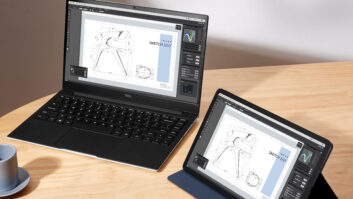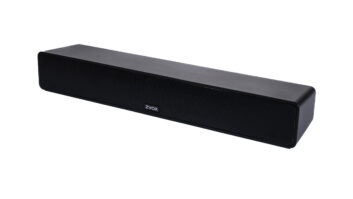Port Washington, N.Y. – Wearable devices have a relatively high level of consumer awareness at around 50 percent, but factors such as bulk, cost and durability may hinder adoption rates, according to a report by The NPD Group.
The study found that about 33 percent of consumers asked are likely to buy a wearable, defined for this report as smart watches, smart glasses and fitness bands. Smart watches have a slight lead in recognition, with 36 percent of all consumers saying they know of the devices, compared with 32 percent for fitness devices and 29 percent for glasses.
However, when asked about purchasing plans, fitness trackers are the top choice, with 28 percent planning to buy one, followed by smart watches (23 percent) and smart glasses (20 percent).
NPD did note the issues preventing higher rates of adoption. Many people believe smart glasses are easily broken, distracting and really don’t offer anything new. Smart watches were described as to bulky, easily damaged and having a short battery life. Fitness trackers also suffered from the idea that they would break easily, are bulky and that the owner would lose interest.
When it comes to usage the respondents all believed they would use telephone functions on the smart glasses and smart watch. Style is also key, as 51 percent of those likely to buy one said style is extremely important and another 40 percent said somewhat important.
Even more consumers believed they would use smart glasses to make and receive phone calls, just ahead of using its navigation function, 61 percent, and sending and receiving texts.
Interestingly, privacy concerns among those most likely to buy smart glasses were low, at 6 percent.
Style was extremely important among the 54 percent of those likely to buy, with another 39 percent saying it is somewhat important.
Tracking daily calories burned and the number of steps taken were the top two most important features for fitness bands by those most likely to make a purchase. This is followed by having the ability to analyze the data, tracking running distance, walking pace and sleep time. Sharing this information on social media was the least important.
Style was much less important for this group, with only 35 percent indicating it was extremely important and 48 percent saying somewhat important.













